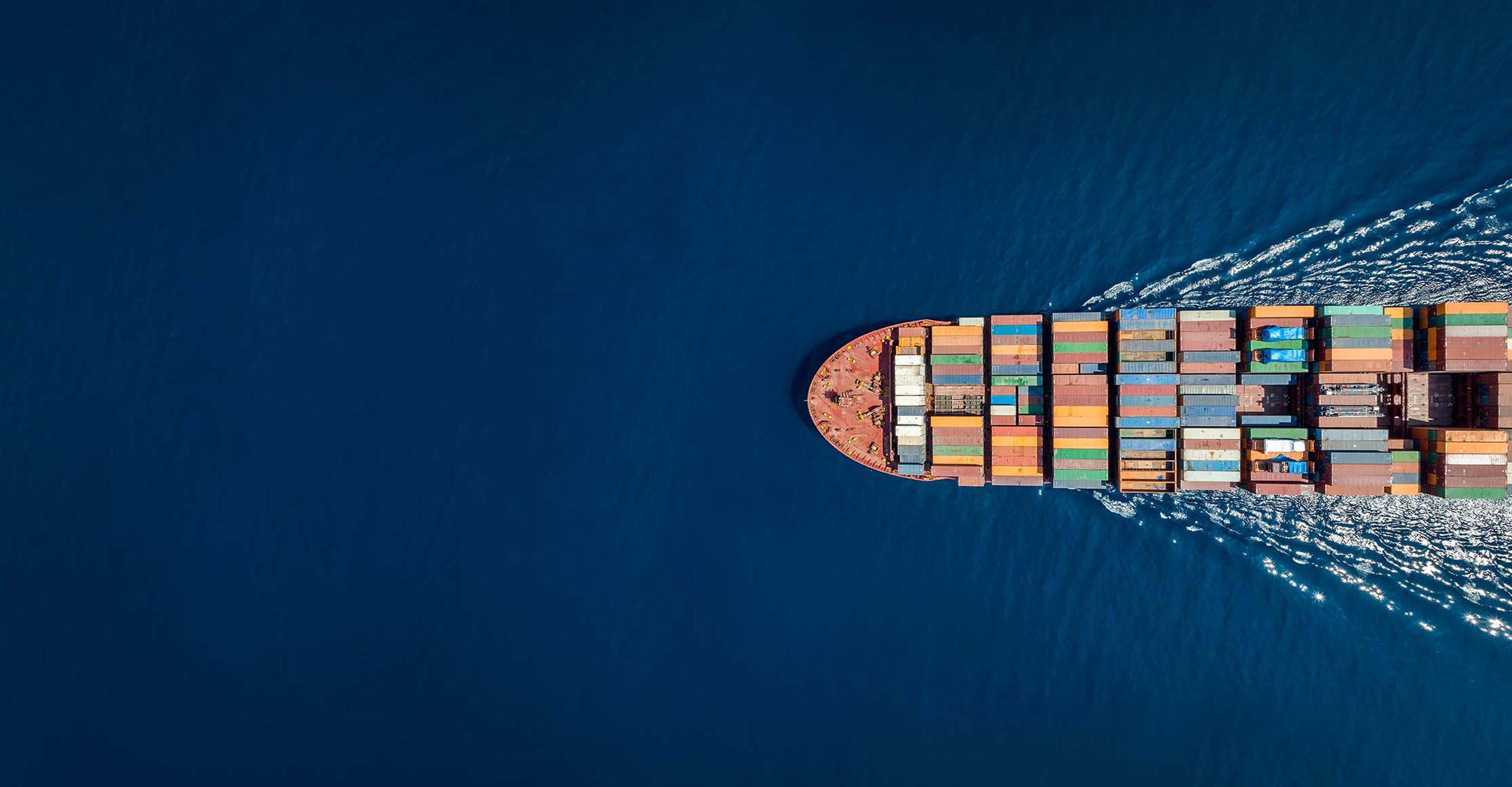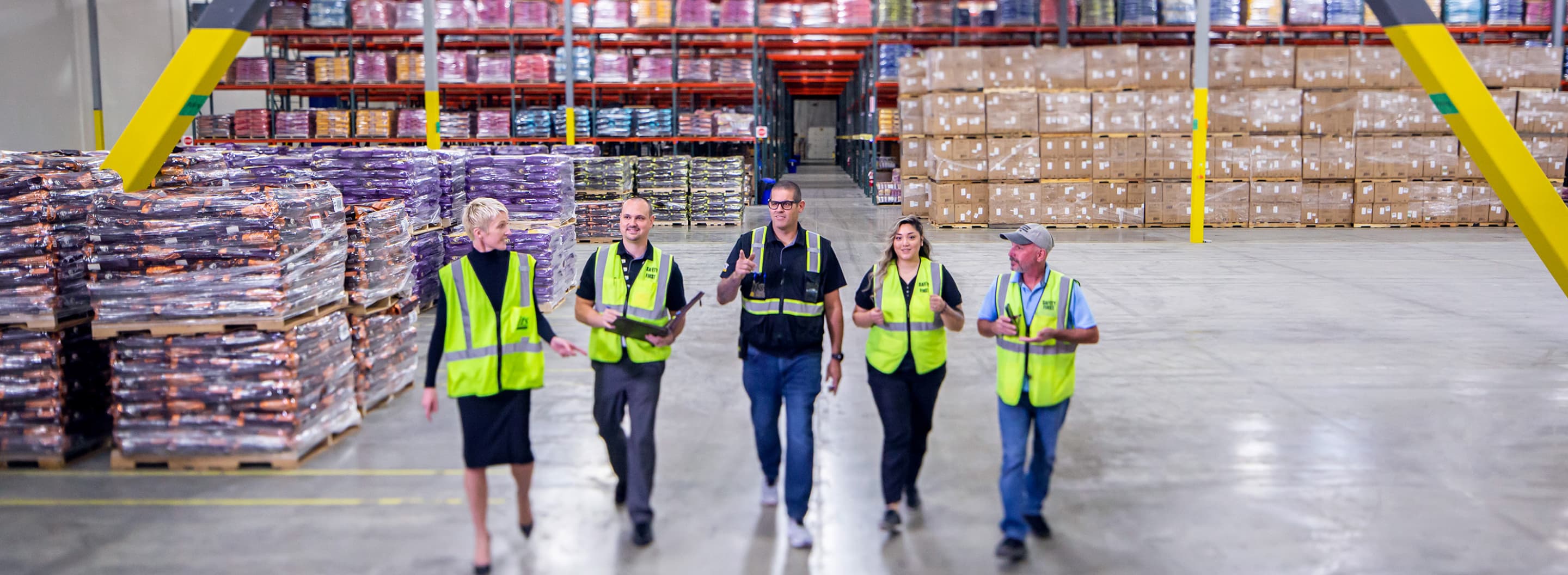
gCaptain
October 10, 2024
Lori Ann LaRocco
FROM THE ARTICLE: The Red Sea diversions over the last year have shown trade is like water—it will always find a way to flow. The old adage “trade at rest is not making money” is the fuel behind the investment and expansion of services ocean carriers and other logistics companies have been making to increase their touch points in moving the flow of trade. The more you control the movement of a container, the more money you will make, in theory.
According to Xeneta, diversions around the Cape of Good Hope have caused global TEU-mile demand to increase by 17.2% year-on-year in 2024. To offset the longer transit times, the global fleet is expected to grow by 4.5% in 2025. While the growth is less than half the growth in 2024, the additional capacity will help to ease the impact of longer sailing distances around Africa.
Even with the decrease in global consumer demand, the longer routes have established an artificial floor for freight rates. Ocean freight rates may be off their highs, but compared to pre-Red Sea rates, they are up anywhere from +241% per FEU from the Far East to the West Coast, to +148% from the Far East to Europe and +112% from the Far East to the Mediterranean. This, coupled with the surcharges, means the price to travel on the ocean highway is not going down anytime soon.
....
Paul Brashier, Vice President of Global Supply Chain for ITS Logistics, explained that the Red Sea diversions have significantly changed how goods are brought into the US from Asia and especially SE Asia.
“US shippers are routing most of those goods through West Coast ports and increasing the use of rail to get those goods to the East Coast,” said Brashier. “This paradigm shift has essentially brought operations back to how they were pre-COVID and pre-West Coast labor disruption.”
The biggest concern right now, Brashier said, is the heavy reliance on rail for this shift.
“We are keeping a close eye on whether current rail infrastructure can handle this volume and get goods to the US supply chain as needed. 2025 will be an important year for that,” Brashier added.
